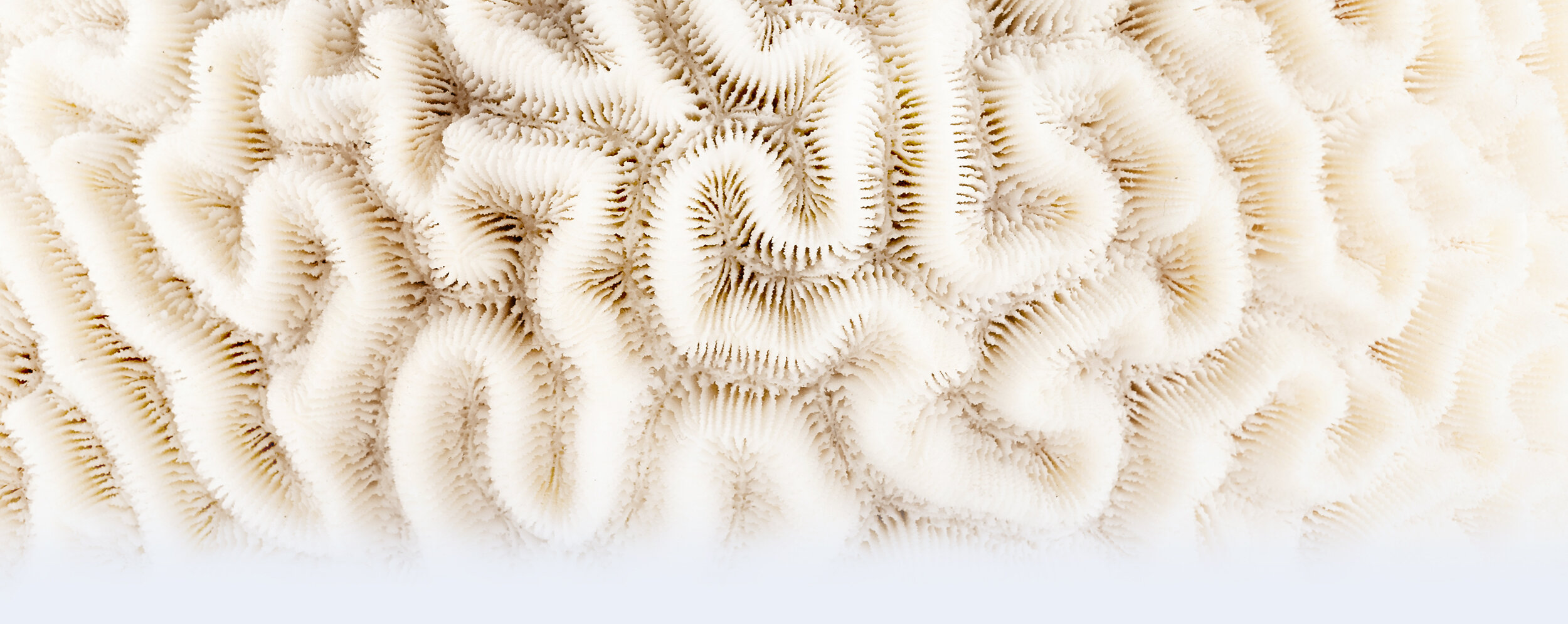
···the thinking···
Our nature-centric approach and science-based process are the generators behind SDI’s immersive solutions. We figure that with 3.8 billion years of trial and error, Mother Nature is on to something. These evolutionary lessons train our focus as we examine the natural forces responsible for building innately beautiful formations endowed with superior function and efficiency.
Our background in the natural sciences—biology, physics, chemistry, and math—expands the aperture of our design lens so we discover novel, unexpected connections between meaning, form, language, emotion, and human nature.
This understanding empowers us to construct design systems that make sense. We dub this work graphic ecology.
Founded in 1989, Shelby Designs (SDI) is a small (therefore nimble), full-service, client-obsessed design consultancy. We believe a cohesive, purposeful brand creates results by promoting credibility and fostering confidence. To that end, and to each project, we bring deep engagement by applying our diverse talents and exhaustive, divergent thinking.
Semi-but-Totally-Related Esoterica for Nerds
You may have noticed the Shelby Designs logo is a rebus (shell + bee) that makes the founder’s, name. Well, there’s another tie-in. That logarithmic spiral forming the shell (as opposed to Archimedean spiral, pictured) and can be written as in the illustrated formula. Mr. Jacob Bernoulli coined this spiral, spira marabilis (‘miraculous spiral’).
So, in our shell, every 90° rotation, the spiral grows by a factor of ±1.1618—which happens to be the 'golden ratio’ described by Signore Leonardo of Pisa (aka Fibonacci). Fibonacci’s Sequence (0, 1, 1, 2, 3, 5, 8, 13, 21, 34, 55…) is formed by adding subsequent neighboring numbers starting with 0 and 1. (0+1=1; 1+1=2; 1+2=3; 2+3=5; 3+5=8; 5+8=13…∞)
Now if you examine bee ancestry, you will discover something amazing and wierd! In any hive (including the Shelby Designs hive) there can be only one queen, and she solely produces all eggs. If a drone (male bee) fertilizes an egg, then we’ll get a worker bee (female, non-egg-laying); if the egg is not fertilized, then we’ll get a drone, who will have only one parent! The University of Cambridge Wild Maths Project explains it in the best way:
“Now let's look at the family tree of a male bee called Bob. Bob has one parent (the queen bee) who herself has two parents (since she comes from a fertilised egg). This means that Bob has two grandparents. His grandfather will only have one parent, while his grandmother will have two, so in total Bob has three great-grandparents. One of those will be male and therefore have one parent, while the other two are female and therefore have a total of four parents. So Bob has a total of five great-great grandparents. Continuing this you will find that Bob has eight great-great-great grandparents, thirteen great-great-great-great grandparents, and so on. 1, 1, 2, 3, 5, 8, 13... – it's the Fibonacci sequence all over again!”
THEREFORE…
SHELL + BEE REBUS CONSTRUCTION
LOGARITHMIC SPIRAL (like a nautilus)
ARCHIMEDEAN SPIRAL (USING GEAR)





